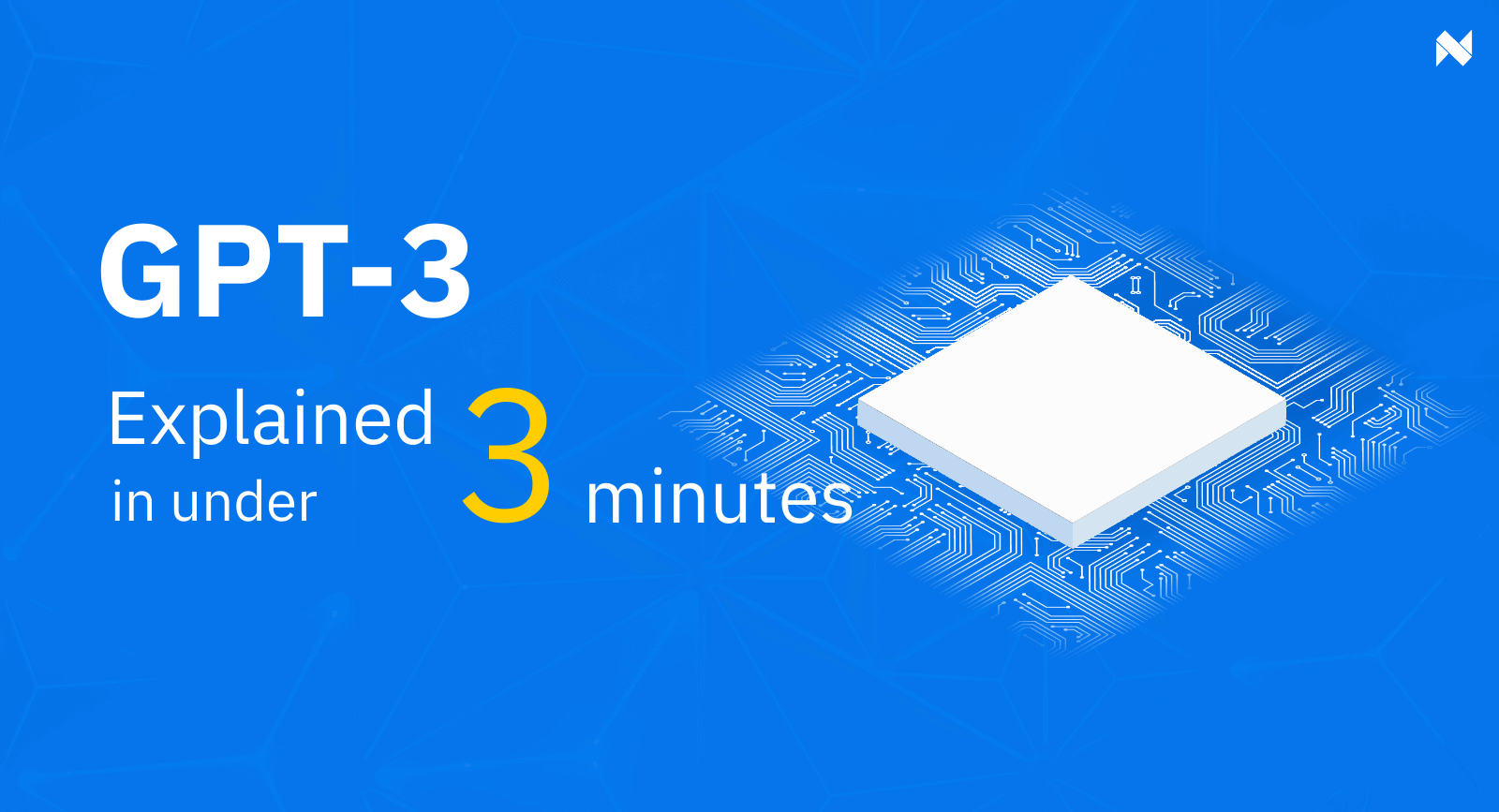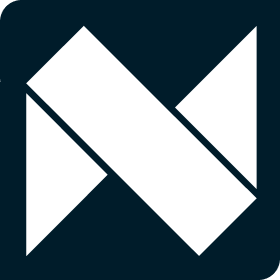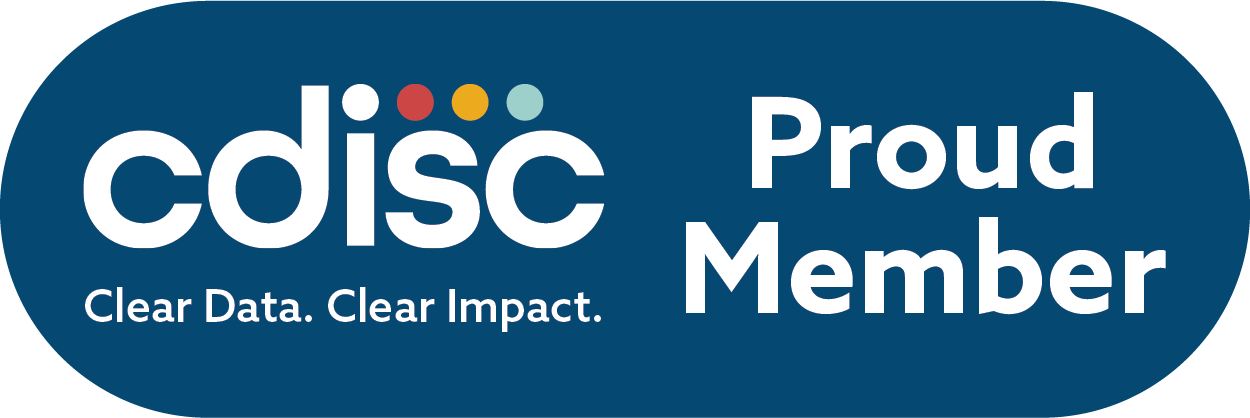BLOOM is here: here’s what makes it different from GPT-3
BLOOM is here: here’s what makes it different from GPT-3

BLOOM
BLOOM
BLOOM
By Sofía Sánchez González
Training is over. The largest open source language model to date is here. The Big Science Language Open-science Open-access Multilingual, better known as BLOOM, after several months of work (in which our generative AI engineer Manuel Romero has participated a little bit) is available to everyone who wants to try it. You’ll find all the key components, in this model, that many believe represents a drastic change in the world of generative AI. BLOOM is here: here’s what makes it different from GPT-3.
What is BLOOM?
Although we would like it to, this model has nothing to do with Orlando Bloom. BLOOM is a Big Science project born with the aim of creating the most powerful language model in the world in generative AI. No, ‘one of the most important’. It is THE model.
Some describe it as the most important model of the last decade, as a turning point in the world of generative AI. GPT-3 is the most powerful, but this one has a big difference: BLOOM is accessible to everyone.
Large language models are hard to come by because not all organizations have the ability to train such a model. We’ll give you some data and you will be amazed.
How is it different to GPT-3?
We have already talked about GPT-3 on occasion. But as a quick reminder, here is the definition:
GPT-3 is a language model developed by OpenAI (an initiative promoted by Elon Musk) that learns from existing text and can provide different ways of finishing a sentence (similar to predictive text). Once trained, it can save you a lot of time, providing linguistic richness and variability along with perfect grammar. In addition, it is capable of answering a wide variety of questions.

So, how does it do it?
- It uses 175 billion parameters.
- It has been trained with 500 billion words.
- Its reading comprehension is superior to that of the average human.
Impressive figures. But very few have access to it. In this BLOOM changes everything. In addition, at the architectural level it is totally different. We tell you why it is different from the OpenAI model.
BLOOM: training that led around the world
The training started on March 11, 2022. But in fact, the preparations of the corpus and the datasets started much earlier. A model with these characteristics is not achieved overnight. 4 months later, here we have it. And it hasn’t been easy:
- 384 graphic cards of 80 gigabytes each on the Jean Zay supercomputer in France.
- BLOOM has 176 billion parameters, one billion more than GPT-3.
- 70 layers – 112 attention heads per layer – hidden dimensionality of 14336 – 2048 tokens sequence length.
- ALiBi positional
Transforming media and marketing with generative AI
Narrativa has also made a significant impact in the media and marketing space. We’ve partnered with world-renowned outlets such as The Wall Street Journal, Infobae, Atolls, among others, to deliver dynamic, personalized, and high-volume content using generative AI. Whether it’s creating engaging editorial stories or scaling branded marketing assets, Narrativa® Navigator empowers media and marketing teams to streamline content production and personalize communication across channels.
Can generative AI be used for regulatory submissions?
Narrativa® Navigator is specifically built to support pharma and biotech companies by automating time-consuming regulatory tasks. It enables teams to accelerate documentation workflows, reduce operational burdens, and bring life-saving treatments to market more efficiently.
About Narrativa
Narrativa® is the global leader in generative AI content automation. Through the no-code Narrativa® Navigator platform and the collaborative writing assistant, Narrativa® Sidekick, organizations large and small are empowered to accelerate content creation at scale with greater speed, accuracy, and efficiency.
For companies in the life sciences industry, Narrativa® Navigator provides secure and specialized AI-powered automation features. It includes complementary user-friendly tools such as CSR Atlas, Narrative Pathway, TLF Voyager, and Redaction Scout, which operate cohesively to transform clinical data into submission-ready regulatory documents. From database to delivery, pharmaceutical sponsors, biotech firms, and contract research organizations (CROs) rely on Narrativa® to streamline workflows, decrease costs, and reduce time-to-market across the clinical lifecycle and, more broadly, throughout their entire businesses.
The dynamic Narrativa® Navigator platform also supports non-clinical industries such as finance, marketing, and media. It helps teams drive measurable impact by creating high-quality, scalable content on any topic. Available as a self-serve SaaS solution or a fully managed service, built-in AI agents enable the production, refinement, and iteration of large volumes of SEO-optimized news articles, engaging blog posts, insightful thought leadership pieces, in-depth financial reports, dynamic social media posts, compelling white papers, and much more.
Explore www.narrativa.com and follow on LinkedIn, Facebook, Instagram, and X. Accelerate the potential with Narrativa®.



